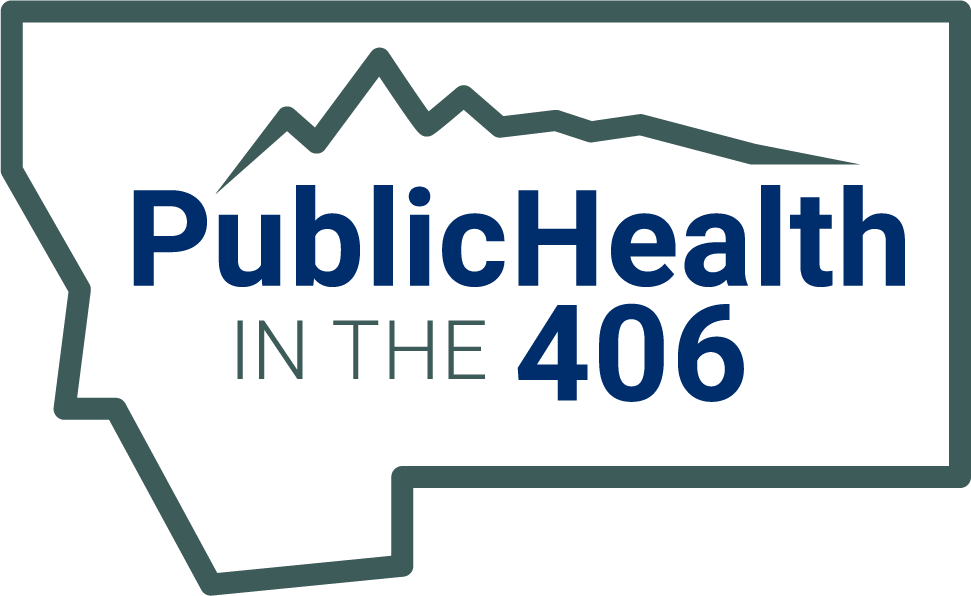Get The Facts
Data Reports
Recognize Addiction
Addiction is a Chronic Disease
“Addiction is a primary, chronic disease of brain reward, motivation, memory and related circuitry. Dysfunction in these circuits leads to characteristic biological, psychological, social and spiritual manifestations. This is reflected in an individual pathologically pursuing reward and/or relief by substance use and other behaviors.
Addiction is characterized by inability to consistently abstain, impairment in behavioral control, craving, diminished recognition of significant problems with one’s behaviors and interpersonal relationships, and dysfunctional emotional response. Like other chronic diseases, addiction often involves cycles of relapse and remission. Without treatment or engagement in recovery activities, addiction is progressive and can result in disability or premature death.” – ASAM
For more information on addiction as a chronic disease please visit the following websites:
Warning Signs
- Here are some warning signs of substance abuse and addiction:
- Side effects of opioid use include
- Constipation, nausea, vomiting, and dry mouth;
- Sleepiness and dizziness;
- Confusion;
- Decreased breathing; and
- Itching and sweating
- Behavioral signs and symptoms of opioid addiction include
- A change in peer group;
- Carelessness with grooming;
- Decline in academic performance;
- Missing classes or skipping school;
- Loss of interest in favorite activities;
- Changes in eating or sleeping habits; and
- Deteriorating relationships with family and friends
For more information on warning signs please visit:
Addressing Substance Use Disorder in Montana
Substance use in Montana is a growing concern and is affecting individuals and families. This plan outlines strategic actions that Montana can take to collectively address the issue of substance use.
Laws
The Good Samaritan Law allows a person, who in good faith provides emergency care or assistance voluntarily. This person is void of civil liability for injuries they may have caused while attempting to provide potentially life-saving assistance.



